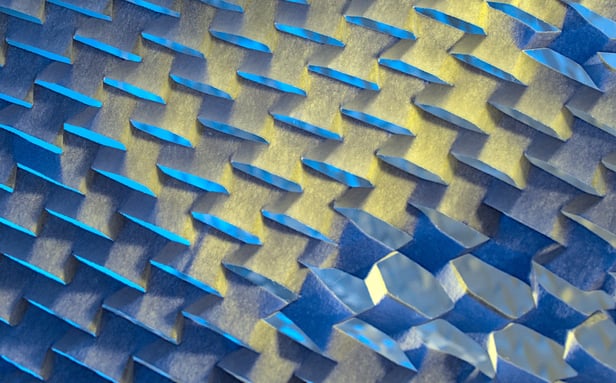Mathcad can help take the pain out of Finite Element Analysis (FEA) and bring more benefits than more traditional methods. Let’s find out more.

Finite Element Analysis (FEA) is the mathematical process of evaluating a part's behaviour under specific conditions. Engineers use it to reduce the need to create physical prototypes while still optimising parts and components.
The principles of FEA emerged before computers became commonplace. Engineers, including those at NASA who built rockets, would use FEA in their processes, making their calculations using slide rules. Now, however, we have software like Mathcad that makes FEA much easier.
In this article, we’ll look at how Mathcad takes the pain out of FEA. Let’s get started.
How to use Mathcad in your FEA process
Thanks to high-performance computer hardware and software, completing your FEA analysis has never been faster. Engineering analysis software helps you analyse element, dynamics, orbital mechanics and everything else that goes into FEA. What’s more it does it, quickly and accurately. But, it doesn’t mean that we have perfected FEA.
Typically, engineers will use analysis software to create the model by importing the geometry, designing a mesh and specifying boundaries, loads and materials. The software will then assemble the data, run all the necessary computations and generate solutions for the engineer to interpret. It often takes several runs of the process to get a complete solution.
Alternatively, you can use Mathcad. Here’s a five-step process to incorporate Mathcad into your FEA.
- Draw a free-body diagram, then derive the differential equations of motion via Newtonian or Lagrangian principles in math software
- Integrate the equations of motion via Mathcad. You can then use Mathcad Prime to plot and interpret the results
- At the same time, use the Mathcad Prime worksheet to start completing the engineering report
- Once you have solved the problem in Mathcad Prime, use your analysis software to build the model and run the analysis
- Compare your results to the first process detailed above. If they differ by 3% or less, you’re on the right track
Benefits of Mathcad
Using Mathcad in this way delivers several benefits compared to other FEA methods:
- You gain a deeper understanding of how FEA works rather than just relying on software
- You make fewer errors throughout the process
- When compiling your engineering reports, you don’t have to merge information from other solutions. Mathcad does it all
- You can use Mathcad in conjunction with your other software solutions rather than swap one for the other
- Mathcad’s platform makes it easy to change, iterate and share your work
All in all, using Mathcad makes FEA more enjoyable. It could even make you a better engineer.
